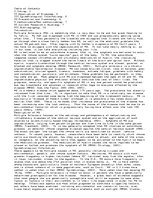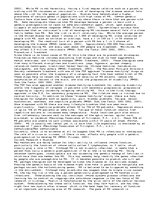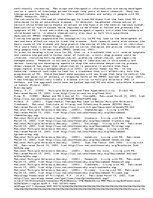-
Multiple Sclerosis
Finding the genes responsible for susceptibility to MS may lead to the development of new and more effective ways to treat the disease. Such research could also uncover the basic cause of the disease and help predict the course of the disease in an individual. This would make it easier for physicians to tailor therapies and provide information to help people make life decisions (NMSS: Genetics, 2001).
In order to develop a true cure for MS, that is, a treatment that will reverse symptoms and restore the patient's former level of function, a multi-step process would be involved, including halting demyelination, promoting remyelination, and repairing damaged axons. Research is currently ongoing in laboratories in this country and abroad, testing and developing agents to stop the autoimmune demyelinating process. Other research has shown that remyelination is possible in animals that have experimental allergic encephalomyelitis (EAE), an animal model for MS. In the meantime, research continues to look for a treatment that will effectively halt the progression of MS. There has been some success with new drugs that help to control the number and severity of attacks in relapsing forms of MS (NMSS: Outlook for Cure, 2001). A new therapy effectively treats a disease similar to multiple sclerosis (MS) in monkeys, and the approach could soon be tested against MS and other autoimmune diseases in humans (Minerd, 2001).
…




